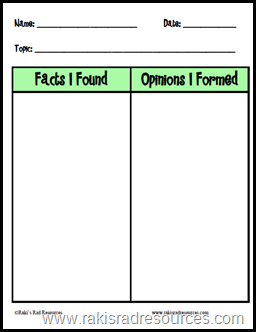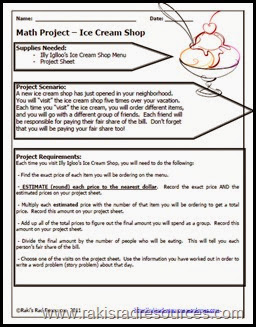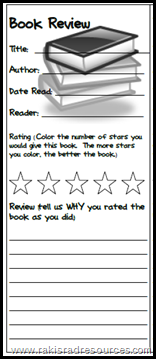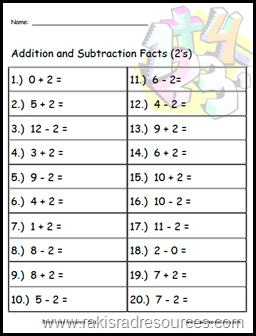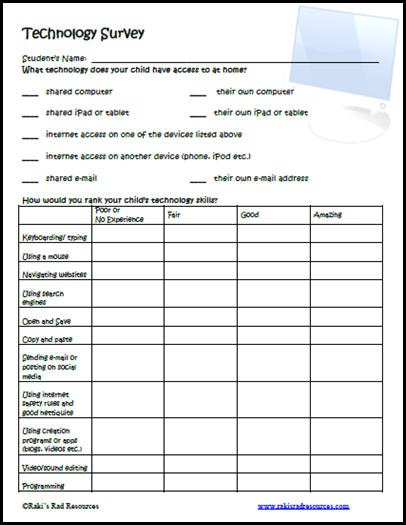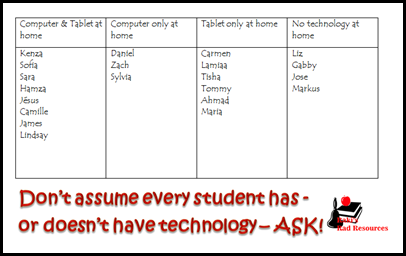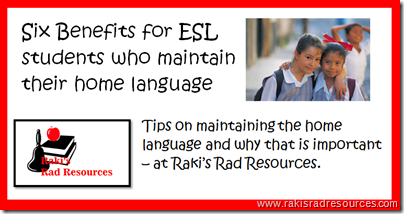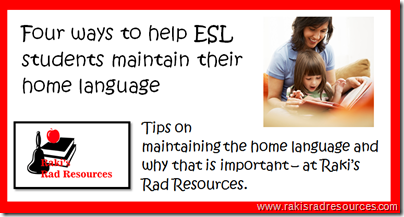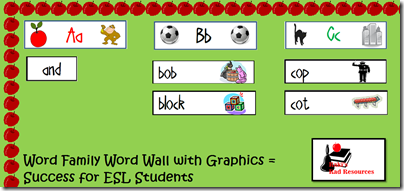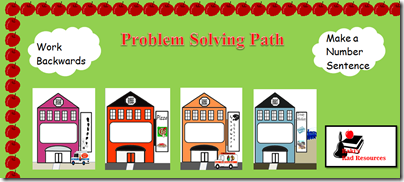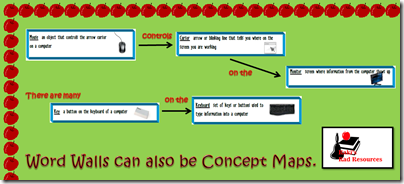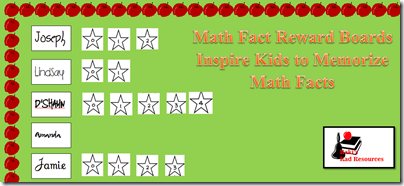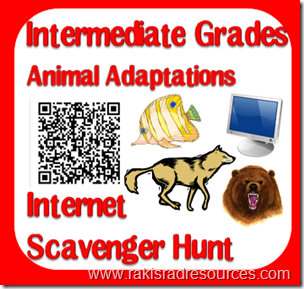
For the past two months, I have been busy re-working my Internet Scavenger Hunts. This included checking each and every link to make sure that the links were working, current, and appropriate for the grade level of the Internet Scavenger Hunts, and fixing the ones that weren’t. In the process, I discovered a bunch of new great sites, and “remembered” a bunch of old, bug good sites. Each of my Internet Scavenger Hunts is designed to meet Science or Social Studies standards, so I decided to put together a list of the Top 10 Science websites. (Next week, I will post a list of the Top 10 Social Studies websites.) My internet scavenger hunts vary greatly in topic from Life Cycles to Rocks and Fossils to Light & Sound, so there should be a little bit on this list for everyone.
1.) Nasa Education – If you are teaching astronomy or any type of engineering, Nasa is the place to go. Their amazing education website has ready made lesson plans, articles geared specifically for kids, videos about astronauts and the space station and even a Kids Club area with games on different topics like building a jet and naming the planets.
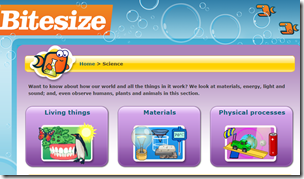
2.) BBC Bitsize Science Games & Simulations – BBC has great educational games for every subject, but the sciences ones are really tops. They have a variety of topics from Microorganisms to States of Matter to Friction. For each topic, there is a chance for kids to read and to play and the play section offers very engaging, interactive activities. I have yet to find a game on this site that I didn’t love.
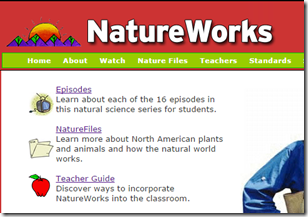
3.) Nature Works – This site is based around 16 different videos about different topics dealing with the natural world, including: Adaptation, Migration and Habitat. In addition to the videos – which stream off of a connected PBS site – there are pages for students to read on the same topics and information about 208 different animals! For teachers, there are lesson plans designed specifically around the various episodes, including key vocabulary and hands on activities.
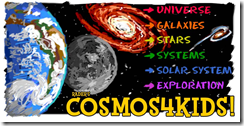
4.) Physics 4 Kids, Biology 4 Kids, Chemistry 4 Kids, Geography 4 Kids, Cosmos 4 Kids Although this is technically 5 different websites, they are all interconnected and have the same types of great, student friendly articles with information about key topics in science. The only difference between the sites is the topics available. When assigning research on any area of science, these are the first websites I turn to.

5.) Science Kids – Based out of New Zealand, this science site has 30 possible science topics. For each topic, there are games, videos, images, experiments and activities, fact sheets, quizzes and lesson plans. This is really a one stop shop site for most science units.

6.) Kids’ Science Experiments – In addition to tons of science experiments, each with materials needed and instructions, there are science fact sheets and a great science glossary to help build children’s science vocabulary.

7.) Kids’ Astronomy.com – Great graphics, fabulous information and more are available at this site, all about Astronomy and all geared for student research and learning. In addition, there are games and songs, and even entire Astronomy Class with reading and assignments. By the end of the class, students can print their own completion certification.
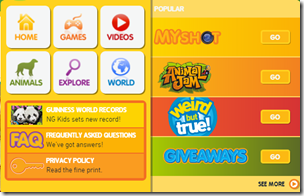
8.) National Geographic – Where better to start a science study than at National Geographic? Their kids site is amazing, full of games, videos and facts about different animals and habitats. My kids’ favorite section is the Weird, but True! which contains amazing facts that sound like they could never be true, but of course they are. On the site, kids have a chance to “heart” their favorite fun facts and there is always a “trending” number at the top so they can see which facts other kids like. These facts are a great jumping off point to trigger student interests and begin genius projects.

9.) Ducksters – Science Information – This site has great information and diagrams on a very wide range of science topics. Topics range from Cell Division to Electricity to Black Holes. The reading level is slightly higher than many kids’ sites but is still very doable for 4th grade and up.

10.) Shephards Software – Science Games – This site has great educational games overall, but the science ones are fabulous. There are tutorials, interactive games and quizzes on topics like Cells, Life Cycles and the Digestion System.
For more resources to integrate technology into your classroom, check out my Technology Integration Kit. You can also check out these blog posts:
Top 10 Reading Websites
Top 10 Writing Websites
Top 10 Math Websites
Top 10 Social Studies Websites
Websites to Teach Typing Skills
Websites to Create Videos







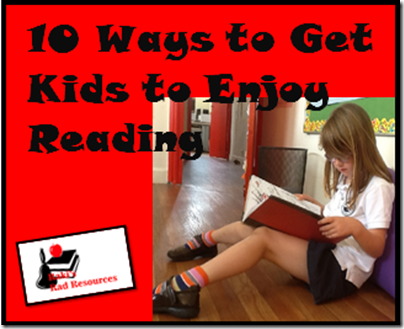

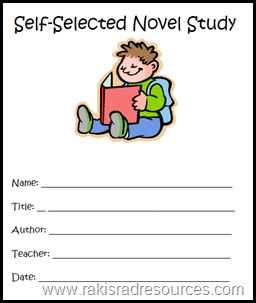
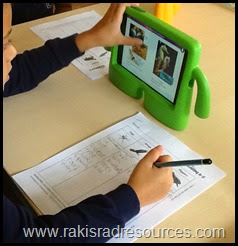
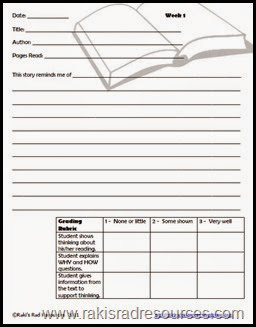
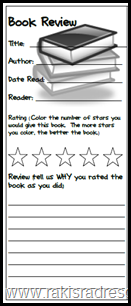

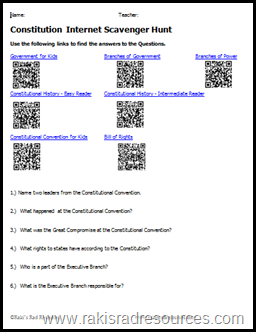
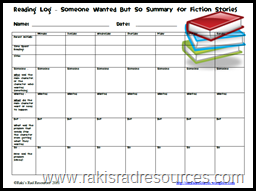



 Reading: In addition to 40 minutes of reading in each language (logged on his
Reading: In addition to 40 minutes of reading in each language (logged on his 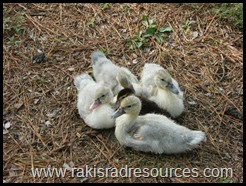
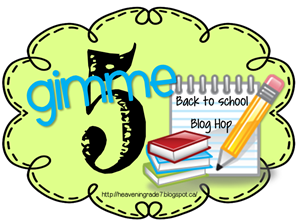
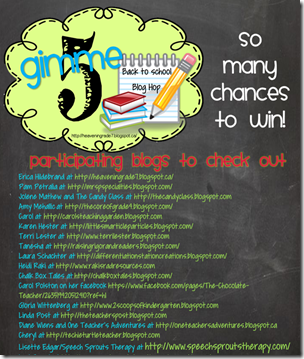

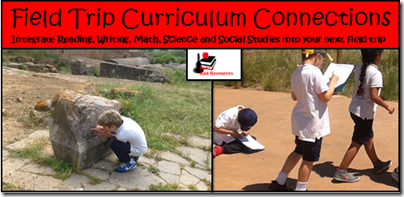
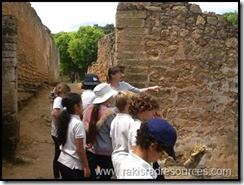 Writing: Once students have experienced the historical site, they can have a chance to write from the point of view of a person who lived or worked at this site. Students may also write informational – newspaper articles – about the current site, OR about the site as it existed during it’s most important time period. Taking time to write a descriptive essay that makes someone else feel as if they experienced the same field trip is also a great writing activity for historical field trips.
Writing: Once students have experienced the historical site, they can have a chance to write from the point of view of a person who lived or worked at this site. Students may also write informational – newspaper articles – about the current site, OR about the site as it existed during it’s most important time period. Taking time to write a descriptive essay that makes someone else feel as if they experienced the same field trip is also a great writing activity for historical field trips. 

